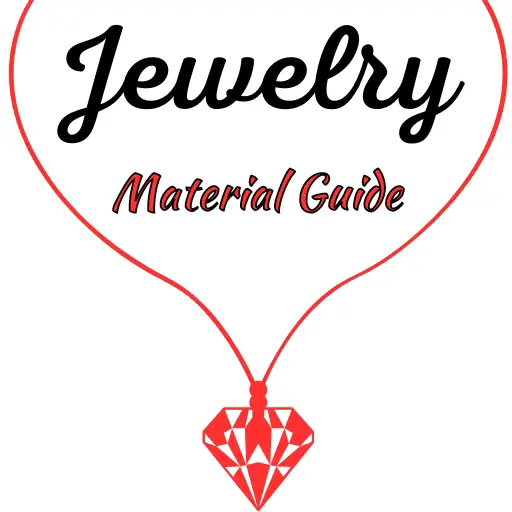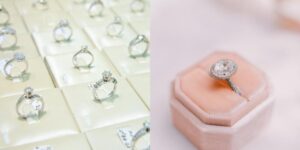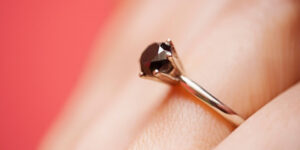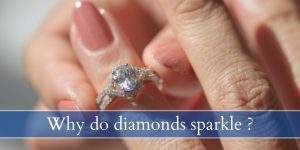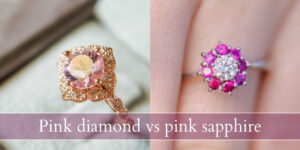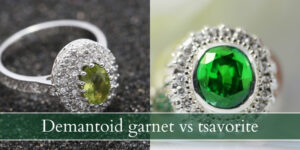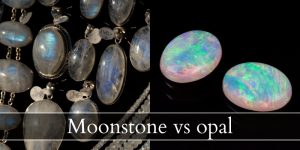Sapphires are probably one of the most fascinating colored gemstones to ever grace anyone’s hands. As engagement ring center stones, these gems are particularly popular and often evoke a sense of tradition. So is your idea of getting a sapphire engagement ring good ? Will it wear alright in time ? Do sapphires fade ?
All this and more, coming right up. Engagement rings are a really big deal, and a big spend. You want to know what you’re buying, and that you really want this and not that. So let’s talk sapphire engagement rings !
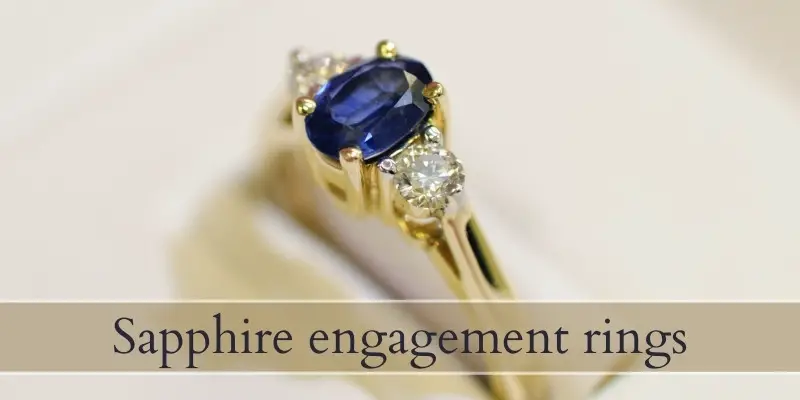
Sapphire engagement ring meaning
Sapphire engagement rings stand for loyalty, purity of love, hope, and serenity. It signifies the couple’s intention to have a peaceful pure, and loyal commitment to one another. While red is associated with passion and vigor, blue is associated with serenity, a clear head, and stability. A sapphire’s blue is also connected to spirituality and the heavens, and it was a very common gemstone found on many religious or spiritual persons.
For these reasons a sapphire engagement ring is a very beautiful sign of what you would like to build together with your future spouse. Probably the most famous sapphire engagement ring is the late Princess Diana’s sapphire and diamond engagement ring, now worn by Duchess Kate Middleton.
Sapphires have a long history of being part of royal jewels, and not just in the British royal family. These gems date as popular engagement ring stones from all the back to the Crusades. Wives were gifted sapphires to wear every day, as a sign of hope and loyalty.
Is sapphire good for engagement ring ?
Yes, a sapphire is a very good choice for an engagement ring ! The deep blue color will evoke feelings of loyalty and romance in your spouse-to-be, and it’s simply an incredibly beautiful gemstone to look at. While it doesn’t sparkle like a diamond, it’s definitely eye-catching.
The sapphires could be bride’s ‘something blue’
Another beautiful thing about a sapphire is that it could be the bride’s ‘something blue’ ! Provided you find a sapphire with the right coloration, some may be too dark and appear nearly black.
Having something blue as part of your wedding is part of the ‘something old, something new, something borrowed, something blue, a sixpence in your shoe’ rhyme. It’s centuries old at this point and many brides still incorporate these elements into their wedding in one way or another.
For example at our wedding I had my nails done baby blue, and borrowed a bridal pin from my mother, the dress was new, but I didn’t have anything old or a coin in my shoe. Other women have opted to get sapphire blue shoes, or to monogram their initials or the wedding date in blue on a small part of the dress or the veil, and so on.
A blue engagement ring is an amazingly cute and romantic touch, and we think a lot of brides would be thrilled to have this.
Can you wear sapphire every day ?
Yes, sapphires can be worn every day as they don’t fade or change color. They also have a pretty strong resistance to chipping and scratches. A sapphires scores a 9 on the Mohs hardness scale, while a diamond is a 10. So a sapphire ring will remain strong and beautiful throughout the years without showcasing too many faults.
Read also: Ruby Engagement Ring Meaning
How much is a 2 ct sapphire ?
Sapphires are more affordable than a diamond or ruby, but they do have a high price tag. For example this 1.98 ct round brilliant sapphire goes for $9,700 ! It’s a natural sapphire, top quality, transparent, eye clean, and of a perfect color. One that is even slightly included can drop a couple thousands in price just for that, and a color that is darker or lighter will drop the price even more.
You need to remember that when buying gemstones, color and clarity matter much more than anything else. And for sapphire specifically, a natural one will cost much more than the same one but enhanced. Natural stones that are both clear and colorful are appreciated much more.
For example this 2.01 ct sapphire is $4,700 and it’s a natural stone that has been heat-treated to get better color and clarity.
What to know when buying a sapphire engagement ring
When you decide to buy a sapphire engagement ring you need to remember that you’re buying it for yourself and your loved one, not for anyone else. Maybe sapphires mean a lot to you and your relationship, maybe all the women in your family were proposed to with sapphires, or maybe you just love that deep, intense blue.
There are two things you need to remember then buying sapphires, as we’ll walk you through them.
Nearly all sapphires are heat treated
As we talked about earlier, sapphire that are 100% natural (not lab created) and manage to have a bright color and great clarity are going to burn a big hole in your pocket. You’ve seen the price difference. The thing is, an unheated sapphire is pretty rare, but you can definitely find one and take it to a jeweler to make a custom ring for you.
If you decide to buy a treated sapphire, there’s no harm in that and you’ve got plenty of options. Most treated sapphires end up with a color that appears better than the natural ones. It’s that deep, vivid cornflower blue that comes around after being exposed to so much heat and pressure. Finding that in a natural stone is difficult.
So it comes down to two choices:
- get a perfect color with high clarity, at a lower price because the stone has been enhanced to get to this level
- get a near-perfect color with varying clarity, at a higher price, but you know the stone is 100% natural and simply polished
You choose whichever you think works best for you, since everyone values something different. Some appreciate color, some clarity, some the authenticity of the stone, and some just like the idea of owning a sapphire, regardless of the type.
Ask for a certificate for your sapphire
Your sapphire should come with a certificate that states it clarity, color grade, origin, whether it’s been treated or not, and it should obviously state ‘sapphire’. Don’t buy a sapphire without that certificate, there are some gems tat can be passed as sapphires if you’re not careful. Some of the most common are iolite, cubic zirconia, tanzanite, spinel, and in some cases tourmaline as a blue-green sapphire.

I’m the main author for jewelrymaterialguide.com. I started this site after we did tons of research before our wedding and noticed that there is information about rings, jewelry, and so on that is really hard to find on the internet.
